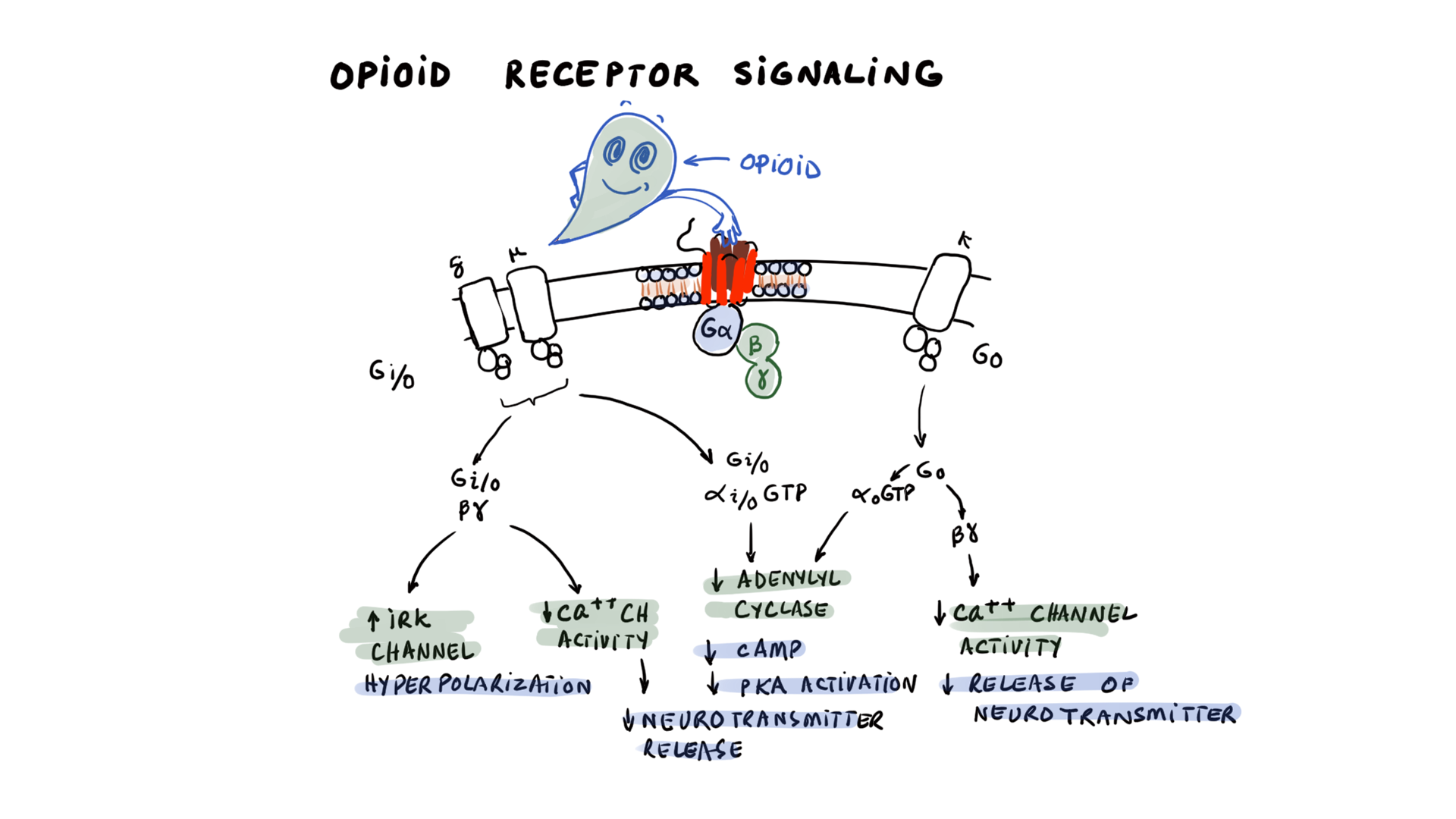
Are you ready to gain an in-depth understanding of pain and its management? Join our Pain Management Course, where we break down the science behind pain perception, explore effective treatment strategies, and dive deep into the mechanisms of opioids and their alternatives.
This 17-lecture series takes you through the intricate pathways of pain, from the lateral spinothalamic tract to neuropathic pain mechanisms and the pharmacology of opioids. We uncover the complexities of opioid-induced analgesia, tolerance, and withdrawal, and offer evidence-based insights into non-opioid pain relief strategies and cutting-edge treatments like spinal cord stimulation and behavioral therapy.
Why This Course?
What You’ll Learn
Whether you’re a physician, pharmacist, nurse, or medical student, this course will equip you with the tools to navigate pain management confidently and improve patient care.
Pain Management - Lateral Spinothalamic Tract (Pain Part 1)
42m 28sMuscle Pain (Pain Part 2)
38m 43sNeuropathic Pain and The Role of Sensory Ganglion (Pain Part 3)
51m 28sOpioids and Opioid Receptors (Pain Part 4)
37m 36sOpioid Receptor Activation and Tolerance (Pain Part 5)
53m 40sMechanism of Opioid Induced Analgesia (Pain Part 6)
27m 19sMood Alteration and Rewarding Properties of Opioids (Pain Part 7)
39m 06sOpioid-Induced Respiratory Depression (OIRD) (Pain Part 8)
40m 39sMore Effects of Opioids Part 1 (Pain Part 9)
35m 57sMore Effects of Opioids - Part 2 (Pain Part 10)
52m 34sDiagnosing and Classifying Substance Use Disorder (DSM-5 TR) - (Pain Part 11)
32m 13sOpioid Use Disorder - (Pain Part 12)
40m 25sOpioid Intoxication (Pain Part 13)
32m 48sOpioid Withdrawal (Pain Part 14)
30m 14sOpioid Alternatives (Pain Part 15)
42m 57sNaloxone and Naltrexone (Pain Part 16)
1h 03m 51sTherapeutic Uses of Opioid Antagonists (Pain Part 17)
23m 24s11 hr 25 min
17 Lectures
Certificate of Completion
All information contained in and produced by DrBeen corp is provided for educational purposes only. This information should not be used for the diagnosis or treatment of any health problem or disease.
THIS INFORMATION IS NOT INTENDED TO REPLACE CLINICAL JUDGMENT OR GUIDE INDIVIDUAL PATIENT CARE IN ANY MANNER.
Click here for notice and disclaimer.